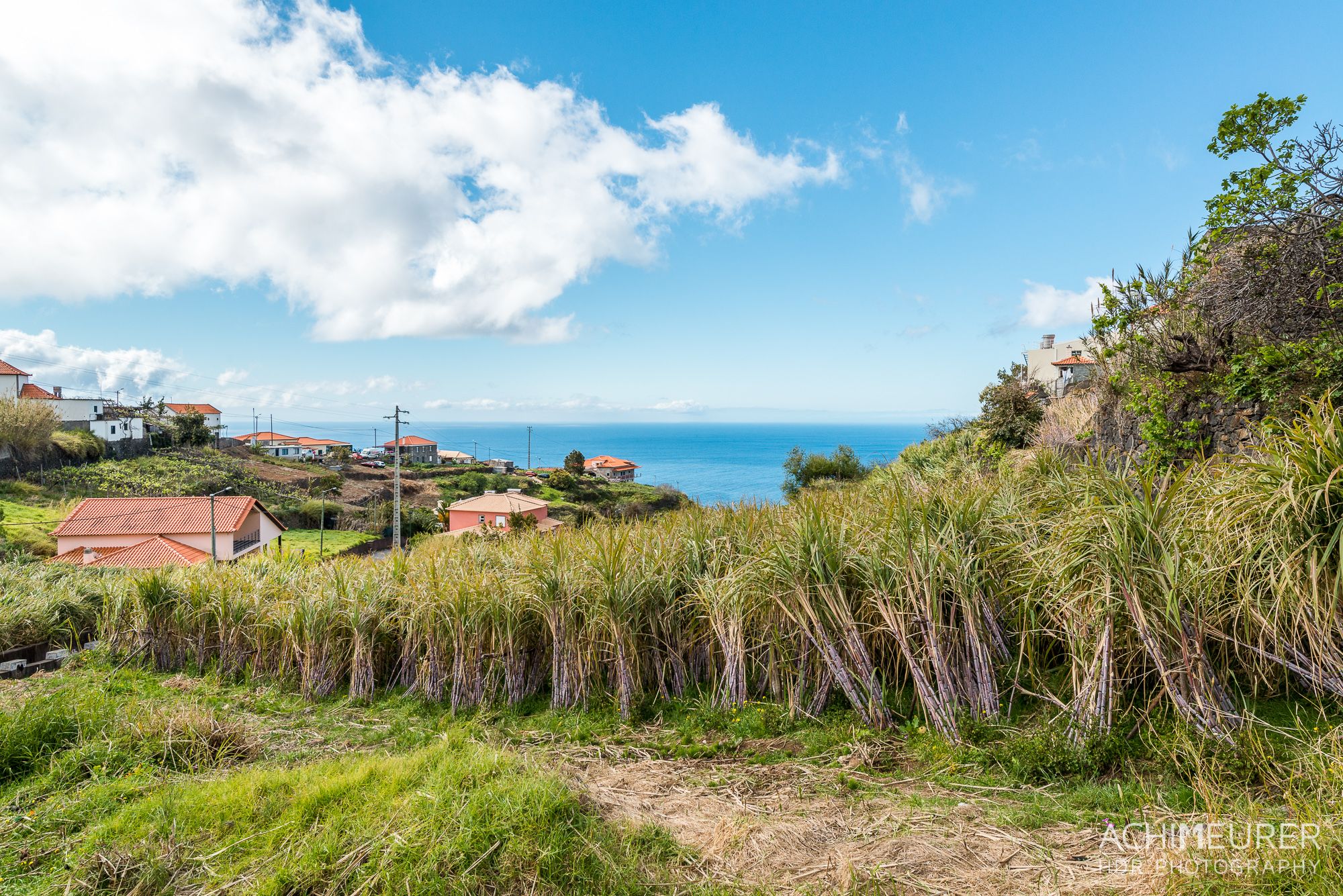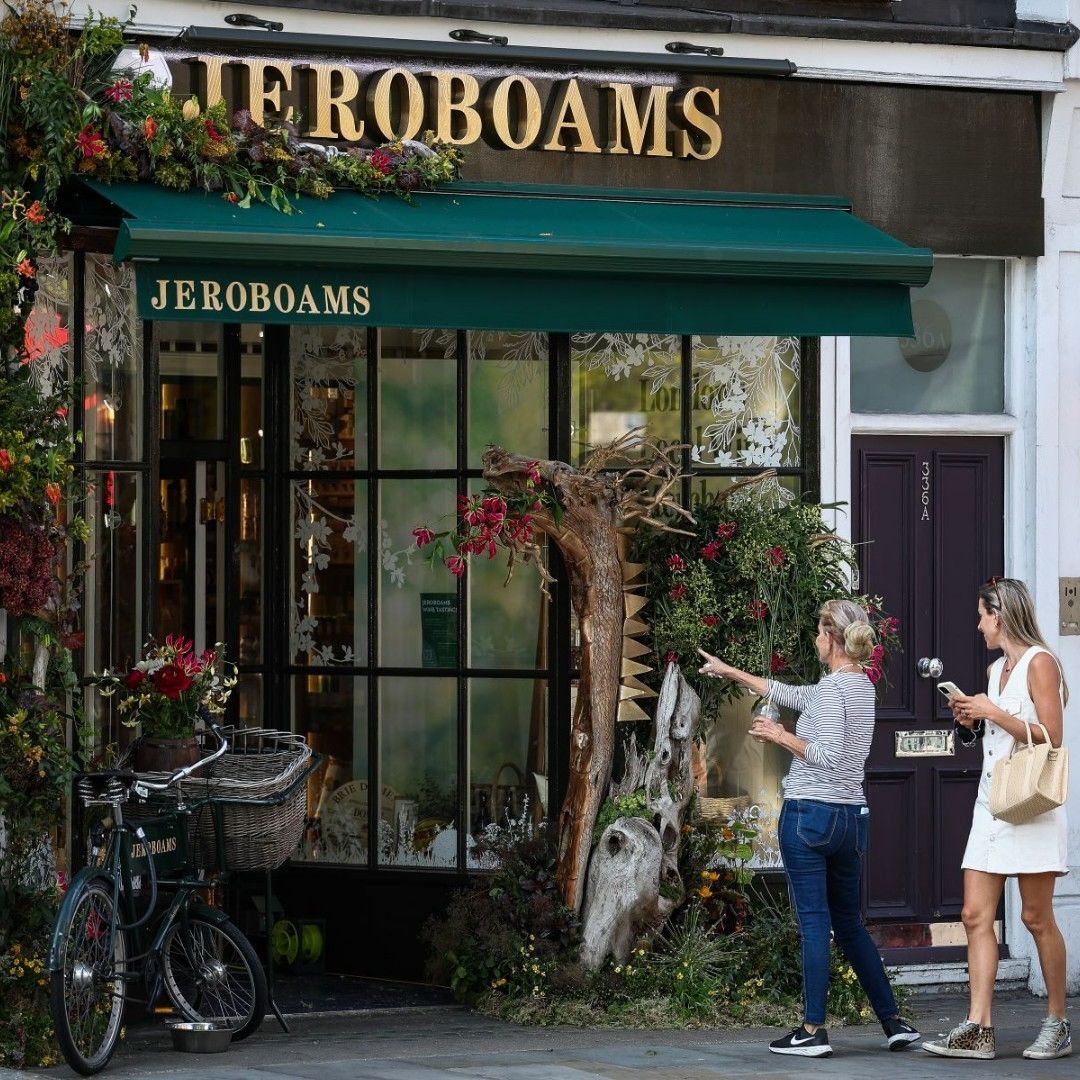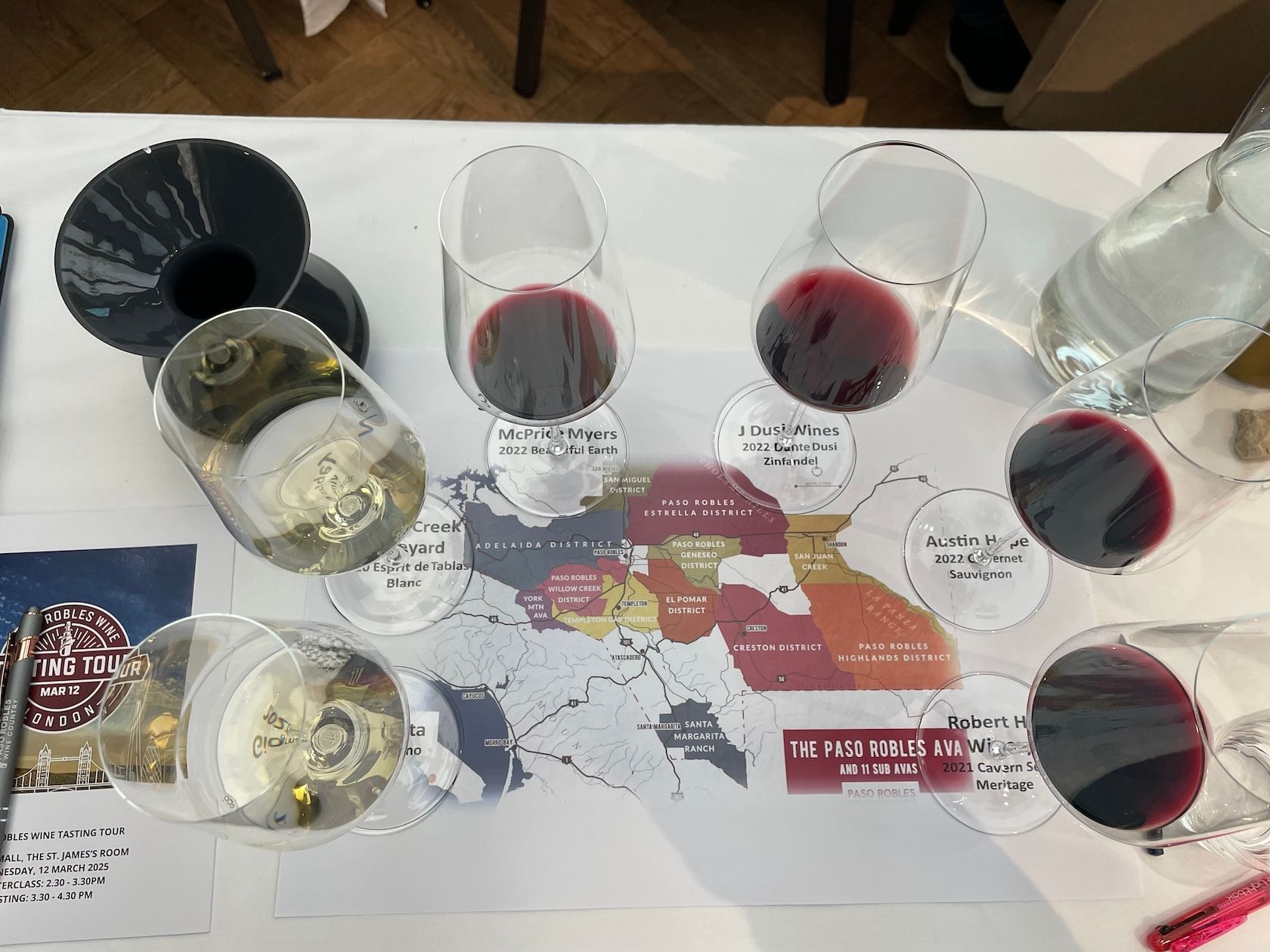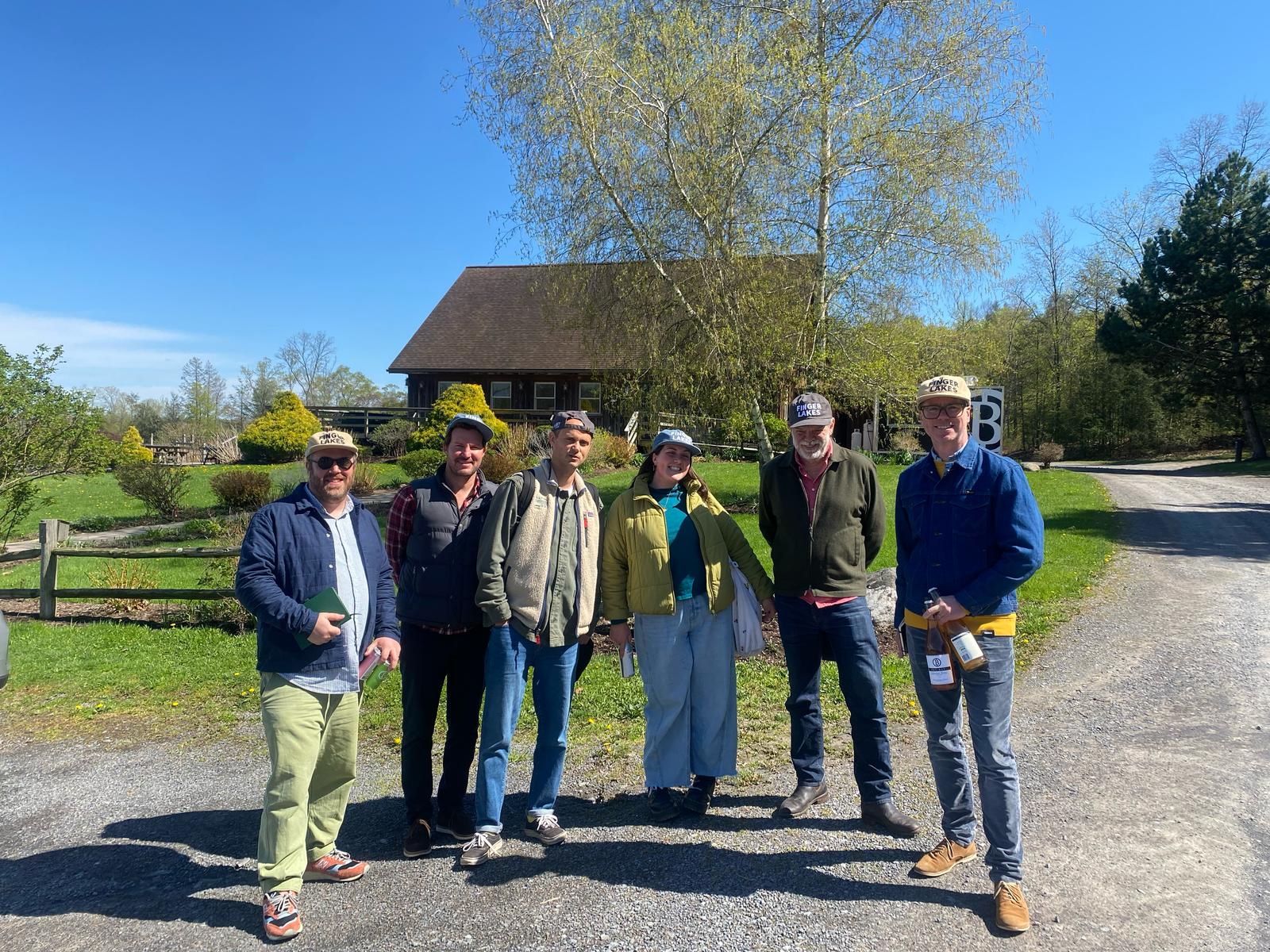Madeira might be best known for the ageless quality of its wines, but it is also making high quality Madeiran rum thanks to the acres of sugar cane that is grown on the island, says Harold Vieira of Harold & Hansa.
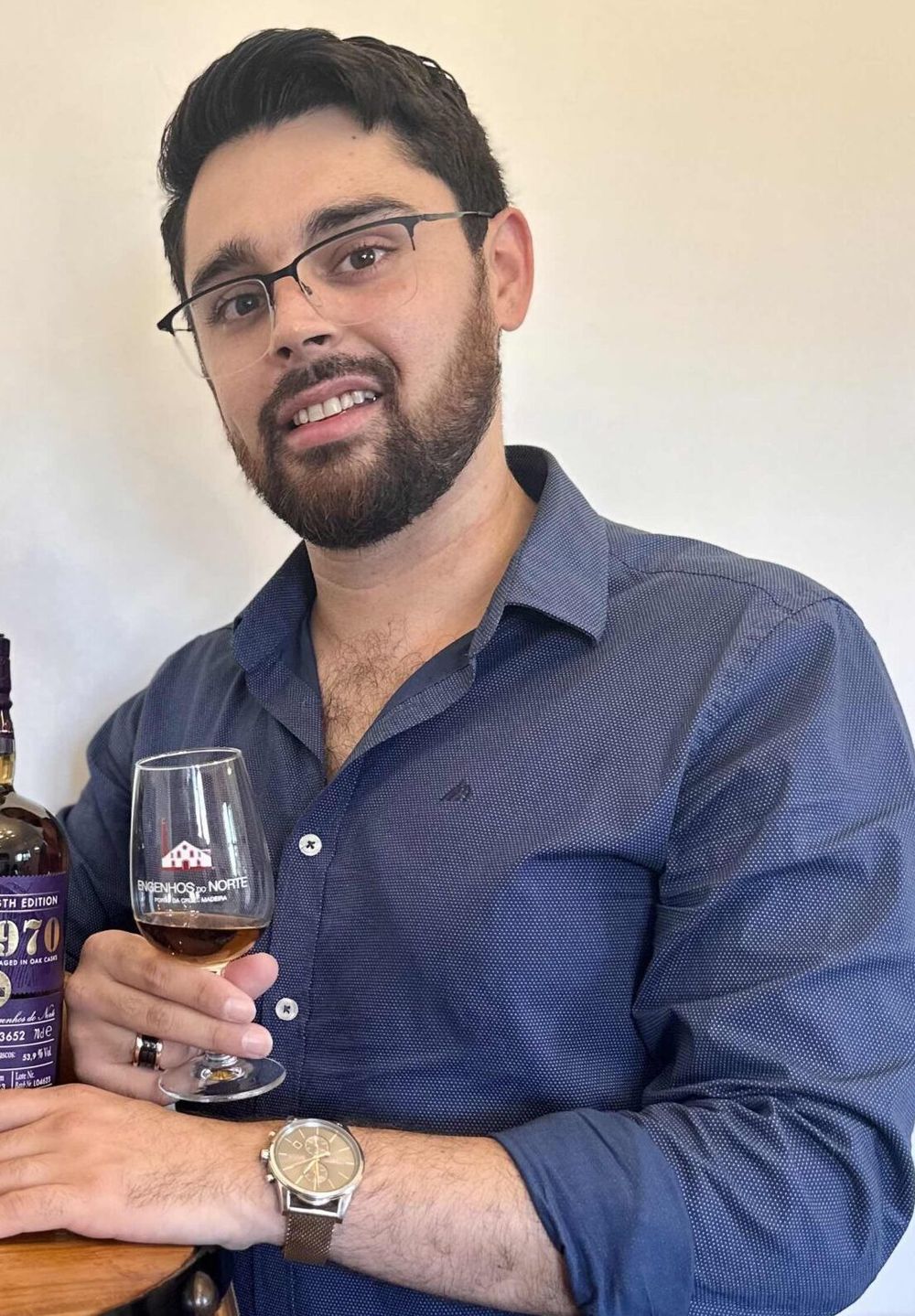
Harold Vieira started the specialist Madeiran rum business with his partner Hansa in 2021 – hence Harold & Hansa
Agricole rums are becoming ever more popular as rum lovers seek to widen their repertoire and palette away from the generic, and sometimes excessively sweet, molasses-based rums. Agricole rums sit in the premium rum category as they are rarer and offer a more complex flavour profile than molasses-based rums.
With Agricole rums you experience subtle notes of the sugarcane itself, which is not found in molasses rums. And when aged, Agricole rums take on more layers of flavouring depending on the barrel or casks in which they have been aged.
Aged Agricole rums from Madeira, in particular, are unlike any others found across the world. The high-quality varieties of sugarcane grown on the island contribute to the refreshing tones of true Madeiran rum.
History of Madeiran rum
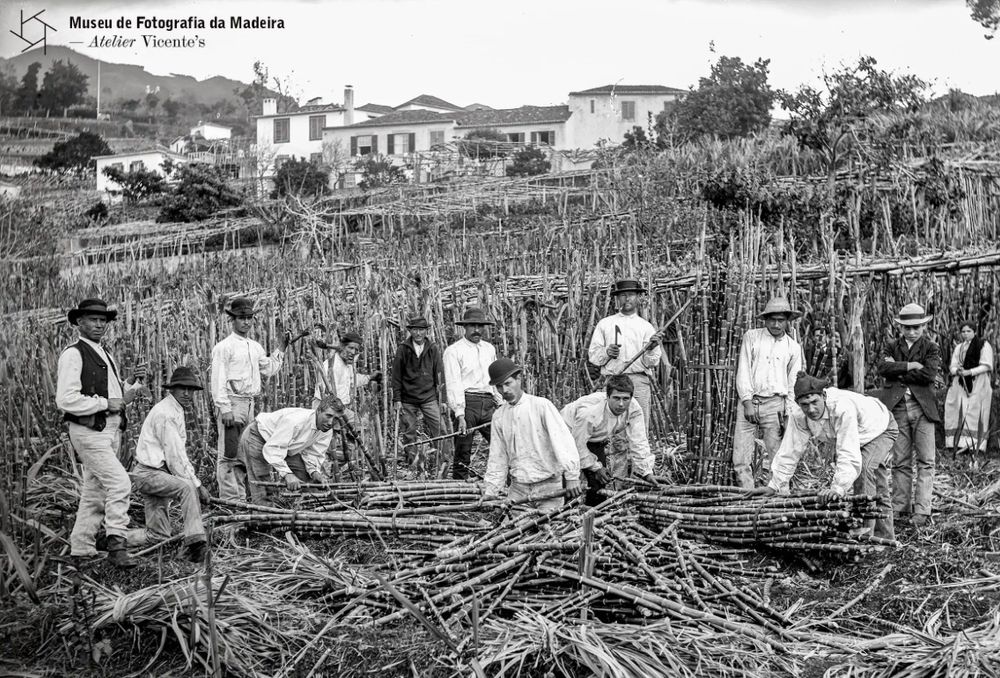
Sugarcane has been grown on Madeira from soon after the first settlers went there in the 14th century
Madeira Island (known as the Pearl of the Atlantic) is located 850 km southwest from Portugal with a population of around 250,000 and was officially discovered in 1419 by three explorers – João Gonçalves Zarco, Tristão Vaz Teixeira and Bartelomeu Perestrelo – by the order of Prince Henry the Navigator.
The first settlers of Madeira cleared the island’s dense laurel forest to grow grain, but soon after decided to plant sugarcane instead, with these crops originating from Sicily.
Madeira’s geographic location, warm climate, abundance of water and volcanic fertile soil meant sugarcane flourished and contributed to island’s prosperity, during which time Madeira began its production of Rum. However, the sugar and rum industry of Madeira started to experience a decline in the 16th century, as a result of the decision to plant sugarcane in Brazil, a Portuguese colony at the time.
Sugarcane grew effortlessly in Brazil, and Madeira – with its sloped land and therefore more labour-intensive production – was unable to compete against the new, cheaper sugar from Brazil.

There has been a government push to help revive and grow the traditional Madeiran rum industry on the island
The 21st century has seen a revival of the sugar and rum industries on the island, thanks to government support and a drive by the local population to renew their traditional skills and heritage. Today, sugarcane accounts for a total area of 172 hectares on the island, with all the production carried out by small family-owned farms. The cane continues to be grown on sloped land, and for that reason, small-scale farmers continue to harvest sugarcane by hand without the use of large-scale machinery.
Madeirans take great pride knowing that sugarcane continues to be harvested in this traditional way, and it’s believed this corresponds to an exceptional product as the care and quality of the sugarcane is considered paramount.
Madeira Rum is unique
All rum comes from sugarcane. But not all sugarcane is created equally. Madeira sugarcane is considered one of the best in the world with very distinct characteristics, thanks to Madeira’s unique microclimate, volcanic soil, altitude, and oceanic influences, which contribute to the cane’s distinct nuanced flavour profile, rich in aromatic compounds and complexity.
There are three types of sugarcane grown on the Island; POJ 2725 (also known as Purple cane), NCO 310 (also known as Green cane) and Yuba (also known as Canica) which is endemic to the Island.
Not only does Madeira rum come from this exceptionally high-quality cane, but it is also taken through a careful production process that influences the final flavour.
The process

Harvesting of sugar cane in Madeira is still done by hand
The first stage in the process of rum-making is harvesting. To preserve the sugarcane’s quality and considering the island’s sloped terrain, all harvesting is done by hand, which means care and attention to detail are paramount. The sugarcane will only be harvested if it has a minimum of 15º Brix sugar levels.
The next step is crushing the sugarcane. This is done in more than one mill to ensure all the juice is extracted. In most cases, the crushing is done the day after the cane has been harvested, in order to maintain the sugar level and extract the maximum quantity of juice. The crushed sugarcane juice then goes into a reservoir where the next step takes place.
After the crushing of the cane where the juice is extracted, the fermentation process begins. The process is exclusively alcoholic fermentation with the help of yeast and usually takes between 24 and 72 hours.

The sugar cane is crushed to extract all the vital juice for making rum. Photo Gregorio Cunha
The penultimate stage in rum making is distillation and in Madeira the most traditional type of distillation is achieved via copper still, which results in small-batch rums with unique flavour profiles. Madeira rum can also be distilled in a column still, which allows for a more consistent rum and higher volumes.
The last and most important element in producing Madeira rum is the ageing phase. All Madeira rums are aged in French oak barrels, which contribute deep and rich flavour profiles. The most premium rums of Madeira will typically be aged in oak casks that previously held Madeira wine. These casks impart a sweet, brandy-like flavour to rums, incomparable to other rums on the market.
Madeira rum producers
Madeira only produces Agricole rums in contrast to over 90% of the rums produced globally which are Molasses based. Molasses is a by-product from the refinement of sugar, so in essence it is a cheaper way of producing rum. With agricole rum, no sugarcane juice is diverted to making sugar. Therefore, with agricole rum, the consumer gets the full essence of the sugarcane in the final product.
The are currently six different producers of rum across Madeira.
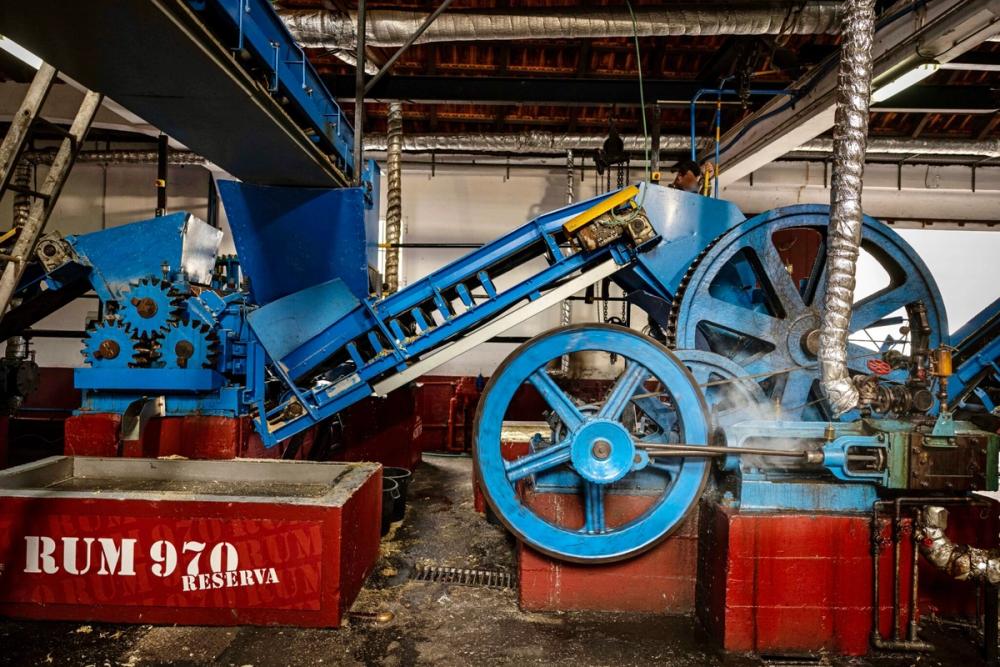
The 16th century mill at Engenhos do Norte. Photo Gregorio Cunha
- Engenhos do Norte – Located in the town of Porto da Cruz, this is one of the most iconic distilleries on the island. Built in 1927, it remains the only distillery in Europe that still employs the traditional method of steam as the driving force of its key machinery. Most of the equipment on site hails from the 19th-century.
- Vinha Alta (VA) – This the newest rum producer on the island and they source all their sugarcane locally from friends and family, thus taking a hands-on approach to quality control. VA is bringing a new vision not only to rum but also to the spirits industry in Madeira, through distinctive approaches to craftsmanship.
- Engenho Novo da Madeira – This distillery was established in 2006 but has a much longer history. It was built by one of the descendants of the Hinton family, which once owned the largest European mill. Nowadays the new generation of entrepreneurs carry the William Hinton legacy through their brand of rums.
- Sociedade dos Engenhos da Calheta – Established in 1901, this distillery still uses historic machinery which has been adapted to use electricity. They are producers of not only rum but also sugarcane honey, an exclusive product to Madeira.
- Abel Fernandes Lda – Located in Porto da Cruz, this father and son distillery is currently focused on ageing their rums which are not yet available to the public. The mill dates back to 1907.
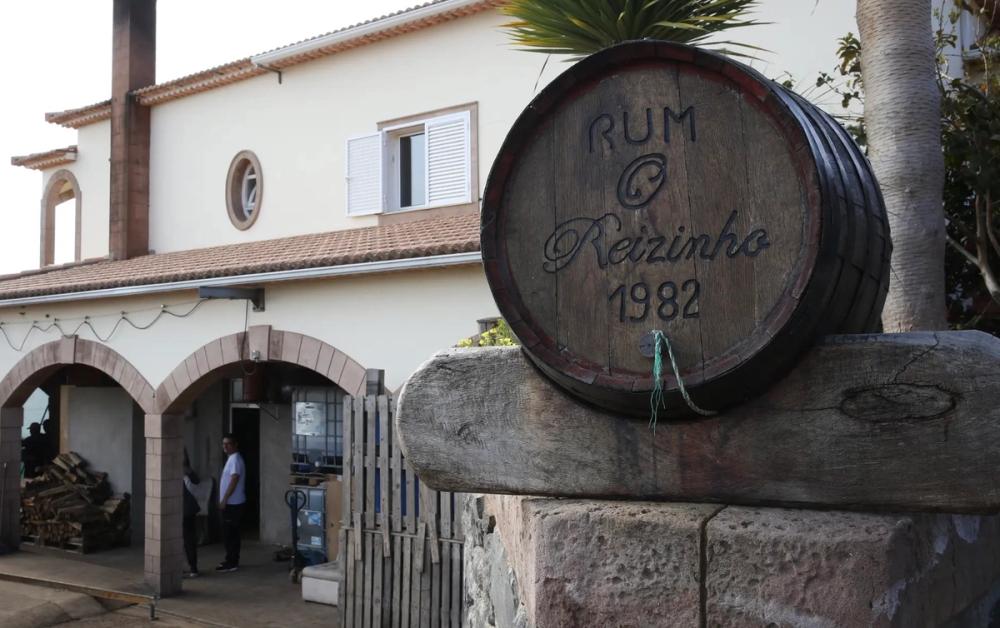
O Reizinho distillery dates back to 1982
- O Reizinho – Created in 1982 by owner Florentino Izilio Gouveia. The production of rum started as a hobby mainly to supply friends and family, but evolved in the 2000’s after Florentino’s son Pedro took leadership and became an acclaimed name within the industry for his passion and expertise.
These six producers combined crush an average of 12,000 tonnes of sugar cane per annum, which corresponds to around 350,000 litres at 100% abv. The majority of this is used to produce rum, with a smaller proportion diverted to make sugarcane honey.
When considering the whole production process of Madeira rum, from the harvesting of the cane to the ageing of the distilled product, we can understand why Madeira rum is highly renowned for its smoothness, richness, and complexity. Notes of dried fruits, caramel, and vanilla sing in harmony to the tune of bolder oak tones, making for a truly exceptional product.
Protected
Madeira rum is protected by a GI (Geographic Indication, regulated and certified by IVBAM, “The Institute of Wine, Embroidery and Craftsmanship of Madeira”) which preserves and maintains the quality and essence of what Madeira rum is internationally recognised for.
Timeless distillation methods combined with exceptional craftsmanship result in rums with extraordinary flavours. Madeira rums have been recognised by the drinks community, with many rums from the island having won top awards and accolades across international spirit competitions over the years.
Currently the three main industries of the island are tourism, banana cultivation and Madeira Wine. However, Madeira Rum’s revival means it is expected to be one of the island’s greatest exports in the coming years.
Peter Dean: Tasting Harold & Hansa Madeira rum

Here The Buyer’s co-founder and drinks editor gives his take on a range of premium Madeiran rums available through Harold & Hansa.
Clairin was been a surprise success within the phenomenal boom in rum sales. This rum made from sugarcane can be pretty inconsistent in quality and have a wild nature, particularly in the rums from Haiti. What I liked about the Harold & Hansa range was that you have the VTV Natural which is ‘base camp’ rhum agricole – clear and distinct from molasses-based rum – one mixed with honey and others which take on Cognac style characteristics. Quality all very good.
RumcoMel
20% ABV £26 litre RRP
Unaged rum flavoured with honey which has traditionally been used as a pick-me-up. Gorgeous rich nose of caramel, banana tatin. In the mouth the liquid is oleaginous, very sweet, shades of vanilla essence. A sommelier could have fun with it, but this taster struggled TBH.
VTV Natural
40% ABV £33 0.7/L RRP
A true rhum Agricole with high production values. Clear, distinctive, and powerful aromatics of fresh sugar cane, lemongrass and fennel (a fruity Pernod perhaps?) tropical fruits. The mouthfeel is silky, aniseed with great depth of flavour and nice alcoholic strength.
970 Reserve 6 Years Old
40% ABV £48.50 0.7/L RRP
Aged for six years in French oak. Complex , alluring nose featuring noble, aged wood, vanilla pod, caramel and smoke. Ripe, rounded, warm in the mouth, lovely depth of flavour with the rhum Agricole making its presence felt on the finish. Delicious and the first liquid where a distinct Madeiran quality is most apparent.
970 Single Cask 11 Years Old
55.6% ABV £98.90 0.7/L RRP
Cask strength ‘superior’ rum. Smoky, oak, vanilla with caramel, brown butter and brandy nuances. Huge power in the mouth with complex range of flavours, the sugar cane making its presence felt on the finish. With a dash of spring water (required), some high-toned aromatics appear, ginger, seaweed, the flavours abound. Classy.
970 Madeira Wine Cask 6 Years Old
53.4% ABV £104.90 0.7/L RRP
The most complex of the samples tasted, the 6 years ageing in old Madeira wine casks bringing greater complexity. On the nose you have an herbaceous note (eucalyptus), dried orange peel, salted caramel, polished wood, baking spices. Huge power in the mouth with liquorice. With a dash of spring water (required), the nose reveals rum sponge, lifted fruity notes, the mouthfeel is wonderfully balanced, a very ripe banana note on the tail.
- Harold Vieira is from Madeira and his family has been involved in the rum trade for many years. Together with his partner, Hansa, he set up Harold & Hansa to bring together some of the best aged Madeiran rums from the island. You can find out more about the range on its website here.
